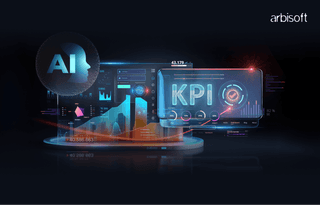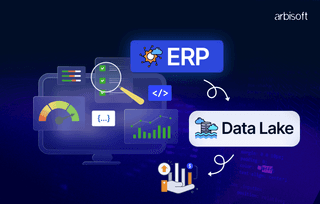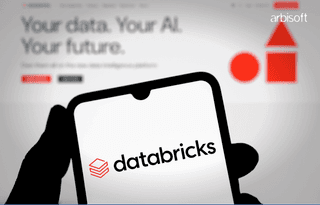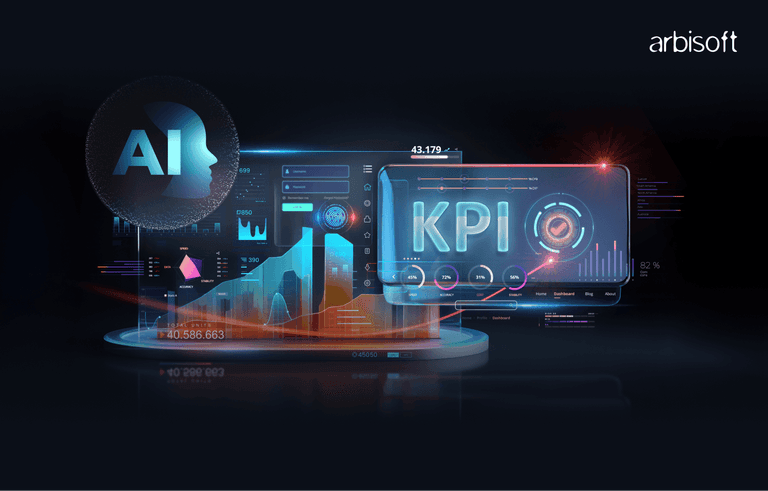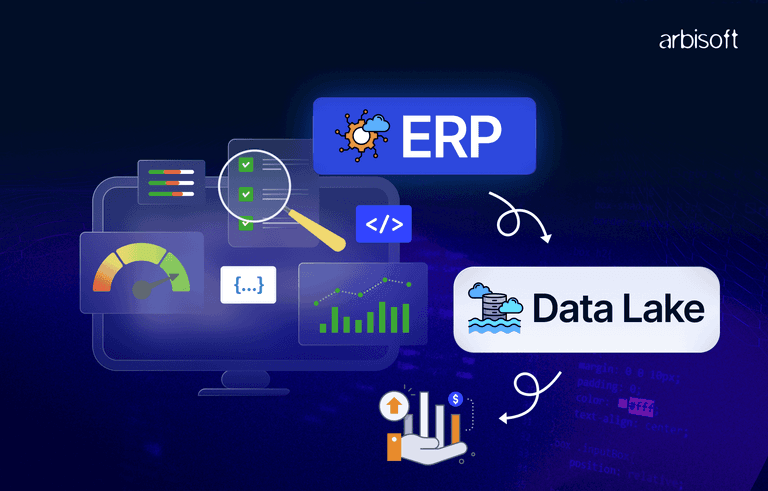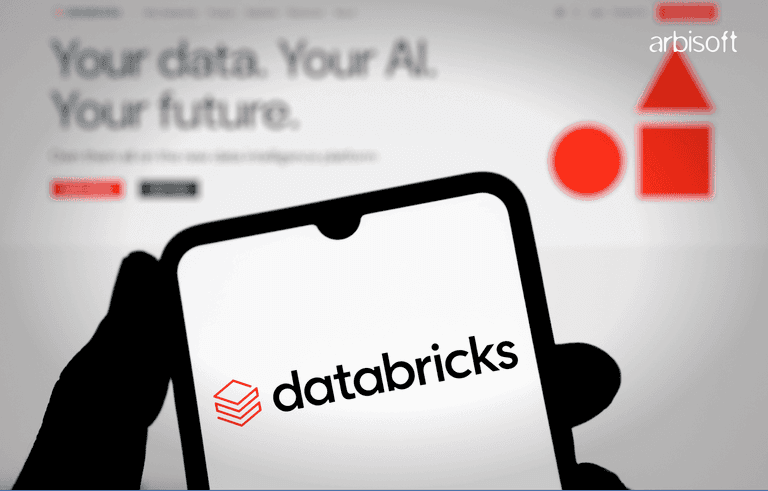We put excellence, value and quality above all - and it shows




A Technology Partnership That Goes Beyond Code

“Arbisoft has been my most trusted technology partner for now over 15 years. Arbisoft has very unique methods of recruiting and training, and the results demonstrate that. They have great teams, great positive attitudes and great communication.”
What Are the Best Practices for Outsourcing AI Software Development Services Effectively?

Outsourcing AI software development isn’t a walk in the park. Between shifting priorities, complex tech stacks, and pressure to show real results, it’s easy to feel stuck. I’ve been through that maze before. Usually with too much caffeine and not enough sleep.
Let’s break it down. No fluff. No tech mumbo jumbo. Just honest advice on outsourcing artificial intelligence services the right way.
Understanding AI Outsourcing: Definition and Market Trends
We’ll start with the basics before diving into the messier stuff.
What Is AI Outsourcing?
AI outsourcing means hiring an external team to build, manage, or support your AI systems. This could be anything from training models to building AI-powered products from scratch.
Some folks still picture outsourcing as shipping code to another continent. But really, it’s about tapping into skills your team might not have. Sometimes the best fit is across the globe. Sometimes it’s a few blocks away.
Growth of AI Outsourcing Companies and Services
Let’s look at the bigger picture.
In 2025, the global market for AI outsourcing is expected to hit $120 billion. That’s nearly 20 percent growth each year since 2022. Why? Because demand is skyrocketing, and talent is tough to find.
Whether you need help with machine learning models, chatbots, or data pipelines, there’s a company offering exactly that. It feels like a new AI vendor pops up every other day.
Current Landscape of Top AI Development Companies
You’ve probably seen the names: Accenture, Toptal, DataArt. They’re still strong. But now there’s a rise in niche firms that focus only on AI and machine learning. Think Element AI or IntellectSoft.
Here’s what I’ve learned. The top AI development company for one business might be a terrible match for another. It depends on your industry, your tech stack, and how much timezone juggling you can handle.
We’ve mapped out the landscape. Now let’s look at where things get tricky.
Challenges in Outsourcing AI Software Development
Outsourcing sounds great in theory. In practice? You need to stay sharp.
Managing Remote AI Teams and Internal Resources
I’ve managed projects with an in-house team in Boston and an outsourced team in Bangalore. My calendar looked like a crime scene. But once we set up shared dashboards and clear roles, things calmed down.
The key is alignment. Daily or weekly check-ins. No-fluff updates. Clear ownership. If it’s everyone’s job, it’s no one’s job.
Ensuring Quality Control and AI Expert Evaluation
Don’t get blindsided six months in by a broken model. Insist on code reviews. Ask for demos at every milestone.
I once worked with a so-called expert who didn’t know what a confusion matrix was. So I always throw a curveball during interviews. You want honest answers, not rehearsed pitches.
Overcoming Communication Barriers with Offshore Partners
Slack doesn’t magically fix miscommunication. You need to build a system.
I create a shared glossary of terms. I set up a short weekly call just to clear the air. And I write everything down. The fewer assumptions, the fewer disasters.
Now that we’ve covered the bumps in the road, let’s talk about what to look for in a partner.
Pinpointing Needs: Selection Criteria for AI Development Companies
Choosing an AI outsourcing partner is like picking a contractor. Ask tough questions. Trust your gut.
AI Development Company Selection: Key Metrics
Start by shortlisting three companies. Then grill them.
Ask how quickly they can scale. What’s their accuracy rate? Have them walk you through a failed project and what they did about it.
And call their past clients. You’ll learn more from five minutes on the phone than a polished PDF deck.
Choosing the right partner? Here’s how to evaluate an AI development company the right way.
Custom AI Development Company vs. Pre-Built Solutions
Off-the-shelf tools are faster and cheaper. But they can box you in.
If you need something specialized—industry-specific models, strict privacy rules, niche integrations—go custom. It’s more upfront, but it’ll save you a mess later.
I learned this the hard way. A "quick fix" fell apart when we fed it slightly weird data. We had to rebuild from scratch.
Evaluating AI Frameworks and Technologies for Scalability
Don’t let your vendor build with tools you’ve never heard of.
Stick with proven, open-source frameworks like TensorFlow, PyTorch, or Scikit-learn. That way, you’re not stuck with code nobody can maintain later.
And check if their tools work with your cloud platform. Building something fancy that doesn't run on your existing setup is just asking for trouble.
You’ve sized them up. Now let’s make the partnership work.
Solution Strategies: Best Practices for Outsourcing AI Services
Here comes the part where things either take off or crash and burn.
What Is the Best Strategy for Outsourcing?
Start small. Always.
A pilot project helps you test the waters. You’ll find out quickly whether the team delivers or just talks a good game.
Agree on what success looks like. If they can’t repeat it back to you, walk away.
Best Practices for Outsourcing AI Software Development
Here’s what I always include:
- Clear, written project scopes
- Weekly status check-ins
- A kickoff that explains the "why," not just the "what"
And yes, everything gets documented. You don’t want to rely on memory when things go sideways.
Collaborative Communication Frameworks and Agile Methodologies
Agile helps. No question.
Two-week sprints. Sprint reviews. Kanban boards. I’ve used them all. What matters most is rhythm. Everyone knows what’s happening and why.
I also assign one person to act as translator. They connect the business side to the technical side and prevent wires from getting crossed.
Transparent Pricing Structures and Contract Management
I like Time and Materials for fuzzy, evolving projects. Fixed price for the predictable ones.
And I always expect scope creep. You can’t stop it, but you can plan for it. Build flexibility into the contract so you’re not negotiating mid-crisis.
Now let’s zoom out. What makes this all work long-term?
Keys to Success: Factors Influencing Effective AI Outsourcing
The right process gets you started. The right mindset keeps you going.
What Are the Three Most Important Factors for Successful Outsourcing?
In my experience, it comes down to:
- Clarity. Everyone knows the goals.
- Trust. Earned through delivery, not charm.
- Agility. Because plans will change. Count on it.
AI Vendor Due Diligence and Portfolio Analysis
Look past the slick case studies. Ask if their projects actually delivered outcomes.
And if you’re still unsure, pay for a trial. A two-week sprint tells you everything you need to know.
Maintaining Seamless Integration and Operational Efficiency
Loop in your IT and operations folks early. Don’t wait until you’re near launch.
Break down delivery into small handoffs. That way, integration doesn’t turn into a month-long fire drill.
Almost there. Let’s wrap it up with what happens after launch.
Here comes the part where things either take off or crash and burn. The best strategy for outsourcing AI is always to start small, with a pilot project, and insist on clear, written project scopes. You'll find that top-tier partners, such as Arbisoft software development services, inherently embrace these best practices, making collaboration smoother and outcomes more predictable."
Implementation Tactics: Maximizing ROI from Outsourced AI Projects
You didn’t do all this for fun. Let’s make sure it pays off.
Aligning Business Goals with AI Software Development Solutions
Connect every feature to a business goal. If it doesn’t serve a real purpose, cut it.
People build better when they understand the "why." I show teams how their work ties to the company's OKRs. Suddenly, they care a whole lot more.
Measurable ROI and Performance Tracking in Outsourced AI Projects
Set KPIs at the start. Then, actually track them.
I check metrics like prediction accuracy, latency, and user satisfaction. Every month, we review what’s working and what’s not. Then we course-correct.
Cost Optimization Through Effective AI Outsourcing
Keep a tight grip on budgets. Use tools like Jira or Asana to track progress.
Also, build a relationship. If the vendor performs well, negotiate better rates on the next project. Good partners are worth keeping.
We’ve covered the now. Let’s look ahead.
The Future of Outsourcing AI Development
The game is changing. Fast.
Emerging Trends Among Top AI Software Development Companies
Privacy is huge. More than half of new enterprise AI projects now use encrypted training or privacy-first models.
Platform flexibility is rising too. Companies want AI models that can switch between cloud providers without drama.
Role of Innovation in AI Outsourcing Partnerships
The best vendors don’t just deliver—they co-create.
Some are even offering dedicated R&D pods to help you test bold ideas. It’s not just about cutting costs anymore. It’s about sharing wins.
And that, to me, is where outsourcing gets exciting.
Before you dive into development, it’s worth getting expert input. Arbisoft’s software consulting services bring 18+ years of experience and strategic insight to help you plan smarter, reduce costs, and build with confidence.
People Also Asked
1. What is AI outsourcing and why do companies use it?
AI outsourcing is hiring an external team to design, build, or maintain AI systems—such as machine learning models, chatbots, or data pipelines. Companies choose it to access specialized skills quickly, reduce hiring costs, and accelerate delivery.
2. When should I outsource AI development instead of building in-house?
Outsource when you need to launch fast, lack niche expertise, face hiring freezes, or want to validate an AI use case before committing to a permanent team.
3. What are the biggest challenges in outsourcing AI software development?
Common challenges include managing remote teams across time zones, ensuring consistent quality control, avoiding miscommunication, and integrating AI solutions with legacy systems.
4. How do I evaluate an AI development outsourcing partner?
Check their track record in your industry, review technical case studies, confirm they work with proven frameworks like TensorFlow or PyTorch, and speak directly to previous clients about results.
5. What’s the best way to start an AI outsourcing project?
Begin with a small pilot project. This lets you test communication, delivery speed, and technical quality before committing to a larger engagement.
6. How do I ensure quality control with an outsourced AI team?
Insist on milestone demos, regular code reviews, transparent reporting, and performance metrics tied directly to business outcomes.








